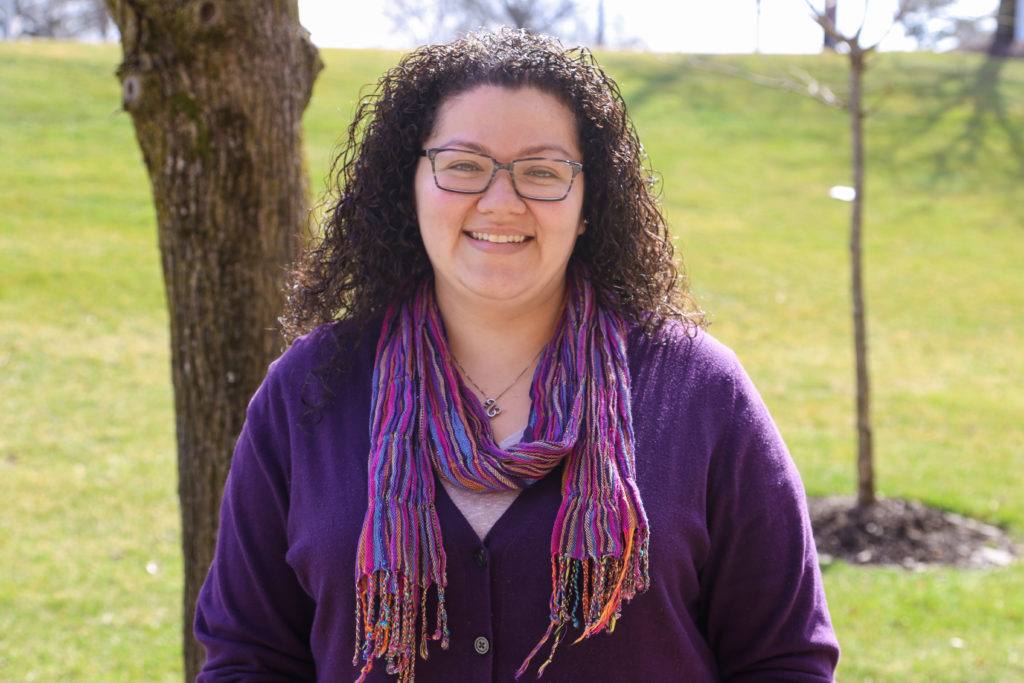Widely regarded by child welfare professionals as the best placement option for foster children, kinship care has been on the rise in the United States. Collectively, child welfare agencies have been pushing for more kinship placements as reports show that outcomes improve for children placed into the care of relatives. These kinship care trends are signs that our child welfare system is working. From a legislative standpoint, however, the major breakthrough in kinship care came in the form of the Fostering Connections for Success and Increasing Adoptions Act (FCSIA, also known as the Fostering Connections Act).
Laying the Groundwork for Kinship Care Trends
Passed in 2008, this bill paved the way for kinship care throughout the nation. Although “kinship care” as a concept was introduced to the US child welfare system as early as 1978 (way it was vs way it is link), it wasn’t until 1990s that it was regulated and supported by federal funds, becoming endorsed by the federal government as a specific program within foster care. At that time, more than 75% of the children in kinship care were in private or unlicensed homes.



